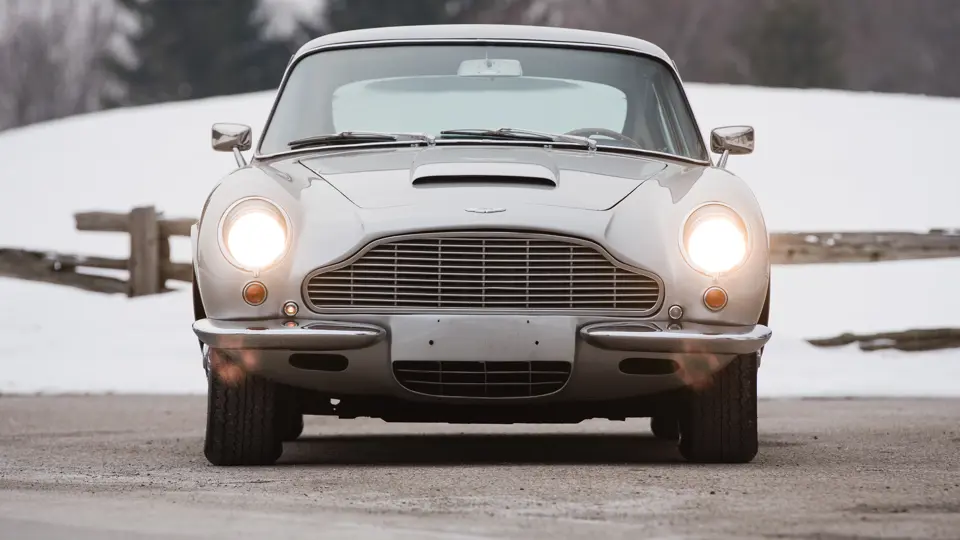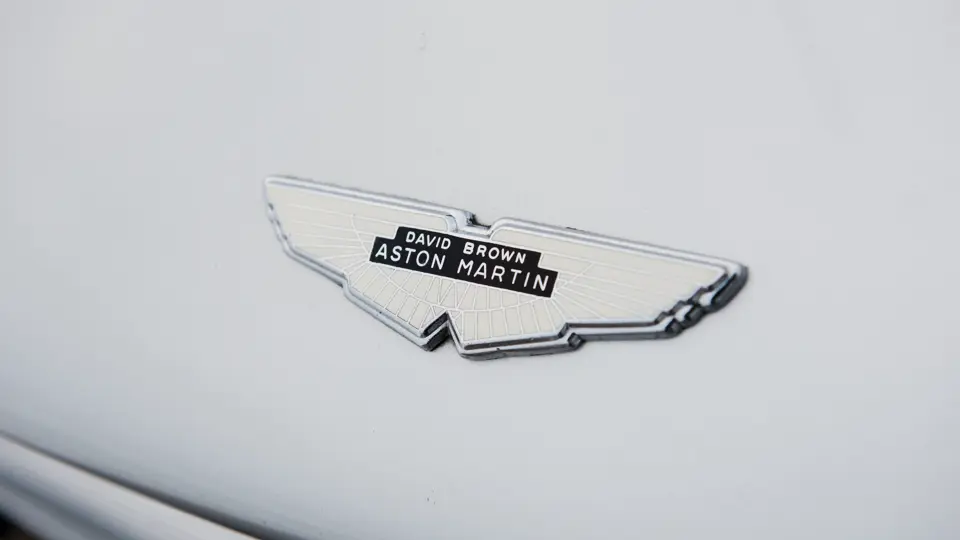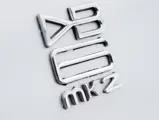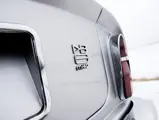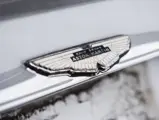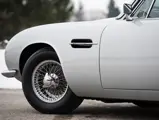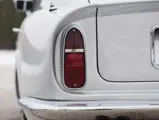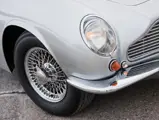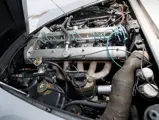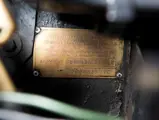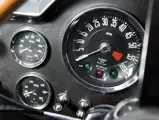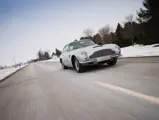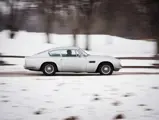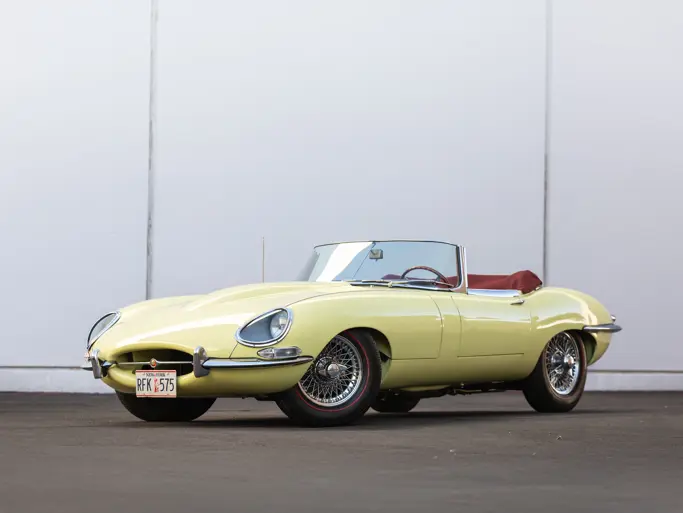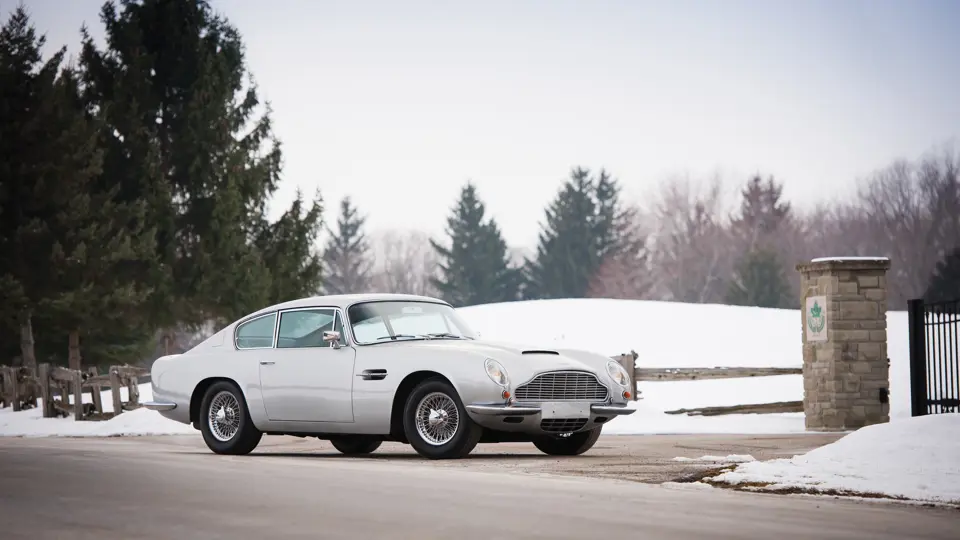
1970 Aston Martin DB6 Mk II
{{lr.item.text}}
$700,000 USD | Sold
{{bidding.lot.reserveStatusFormatted}}
- Single Canadian ownership from new
- One of 71 original Vantage-specification DB6s constructed
- A highly original, matching-numbers, late-production example
- Outfitted with rare factory air conditioning
325 bhp, 4,200 cc double overhead-cam inline six-cylinder with triple Weber carburetors, ZF five-speed manual transmission, front suspension with upper and lower A-arms, coil springs, and an anti-roll bar, rear suspension with a live axle, Watts linkage, radius rods, coil springs, and Girling front and rear disc brakes. Wheelbase: 101.7 in.
Following in the footsteps of the DB4 and the DB5, Aston Martin’s DB6 arrived in late 1965. For the DB6, Aston Martin’s designers and engineers attempted to improve comfort and practicality over the DB5 while also maintaining the performance that Aston Martin’s clients had become accustomed to. The chassis was stretched by 3.75 inches, and the rear axle was relocated in order to create additional cabin space for two rear seats. Despite those modifications, the DB6 only weighed 18 pounds more than the DB5 and was able to retain the DB5’s performance, just as Aston Martin had promised.
At the front, the DB6 bore much resemblance to the DB5, but to the trained eye, numerous differences were evident towards the rear of the car, starting with a higher and more vertical windshield and a slightly raised roofline, which allowed for increased interior headroom. Designers also took time to consider the DB6’s aerodynamic stability at high speeds, so they crafted a Kamm-style tail at the rear in an effort to provide additional downforce, and as a result, the DB6 had an increased top speed over the DB5. The interior of the DB6 also boasted more small changes, with the most notable being redesigned and more supportive rear seats. The car’s ethos was clear when Chairman David Brown was quoted saying, “In an Aston Martin, one should not only be able to move fast and safely; one should also feel comfortable and have a lot of room, even in the back.”
After four years of production in 1969, Aston Martin released an updated version of the DB6. The car was dubbed the Mk II, and it boasted slightly flared wheel arches over the original DB6, which were necessary, as they allowed room for the larger wheels and tires that were fitted to the Mk II. Aston Martin also offered AE Brico fuel injection for an option on the DB6 Mk II, while the tried-and-true Weber carburetors remained standard. Furthermore, customers could also increase their car’s performance by upgrading to Vantage specification. Thanks to several improvements to the engine, including a higher compression ratio, horsepower was raised from 282 brake horsepower to 325 brake horsepower.
This 1970 DB6 is documented by its Aston Martin build sheet as an Mk II example that had been built to Vantage specifications, which is considered by many to be the ultimate specification of the model. Only 71 Vantage-specification examples were constructed by the factory, and there is no doubt that only a small portion of these automobiles are still in the hands of their original owner, such as this example.
This Canadian-delivery DB6, allegedly one of the final DB6s built, was originally finished in Aluminum silver paint and trimmed in Dark Blue Connolly leather with a grey headliner. The car was fitted with numerous optional accessories, including front and rear seat belts, two wing mirrors, a pair for Lucas driving lights, a Bosch New Yorker radio, and even 12 pints of antifreeze, which of course would have been necessary for long Canadian winters. Additionally, the car was even fitted with rare factory Coolaire air conditioning, which is an option seldom seen on any DB6, let alone a Vantage model. It was purchased new by Oskar Rajsky, of My Lord Shirt Manufacturing Company. Instead of opting to pick up his DB6 from a dealership, Rajsky collected his new Aston Martin from the factory directly and drove the car around Europe for a few weeks of vacation. After returning from his travels abroad, the car was shipped to Canada and delivered back to him through Performance Centre, of Toronto, Ontario, on May 15, 1970.
For the rest of its life, the car remained in Rajsky’s care in the Toronto area, where it was regularly exercised but carefully preserved. As such, the car has never received a restoration, save for just one repaint in its original color. The interior remains completely original, and save for minor wear requisite for a car of its age, it remains remarkably intact. It should also be noted that the car is accompanied by its original owner’s manual, a sales pre-delivery certificate signed by Rajsky, a warranty card, and a file of service history.
In today’s collector car market, vehicles boasting single ownership from new are the epitome of automotive connoisseurship. Often times these vehicles are purchased new by individuals who have simply fallen in love with everything the car offers and their feelings for their car never waver from the moment they first lay eyes on it. For this splendid DB6, it is quite easy to understand why it would have been treasured for 45 years. This Mk II Vantage-specification example is the ultimate iteration of the DB6 platform, and it simply checks all the right boxes.
For those interested, this may very well be the sole chance to purchase a single-owner DB6 Mk II Vantage, and therefore, it is an opportunity not to be missed.

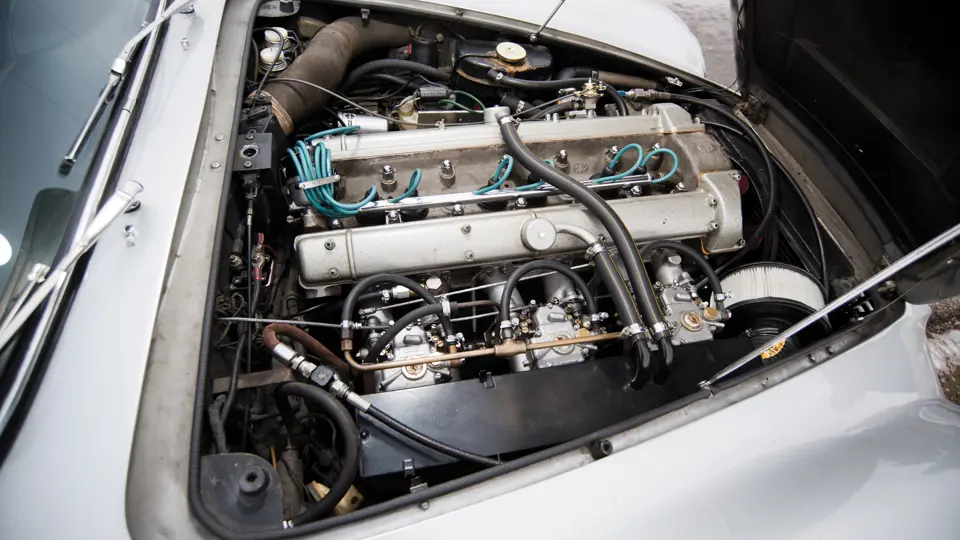
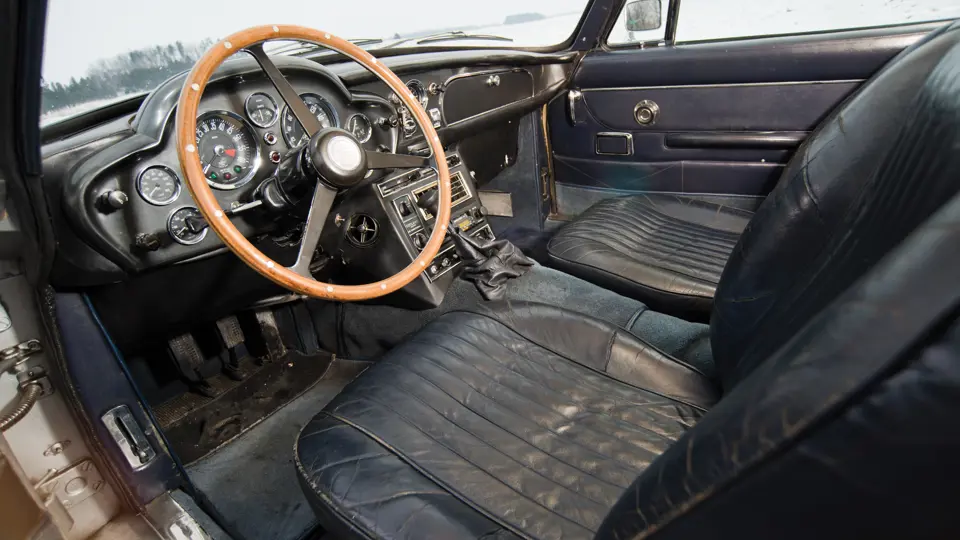

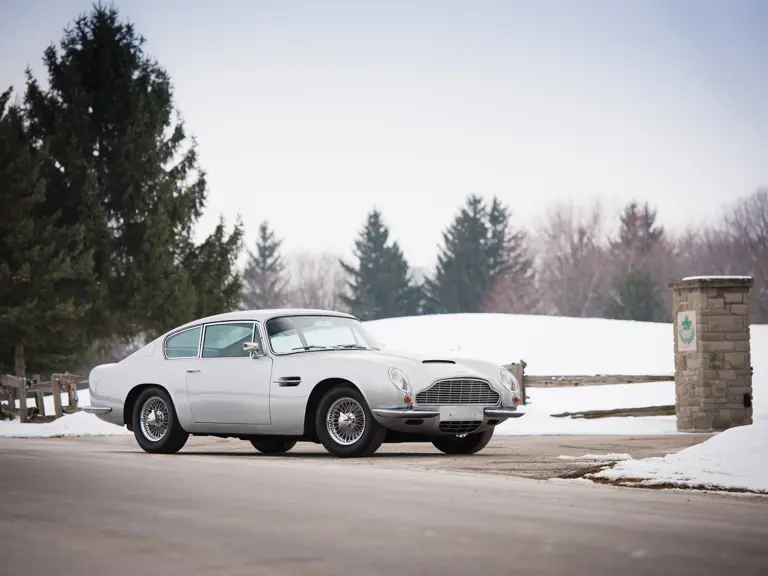
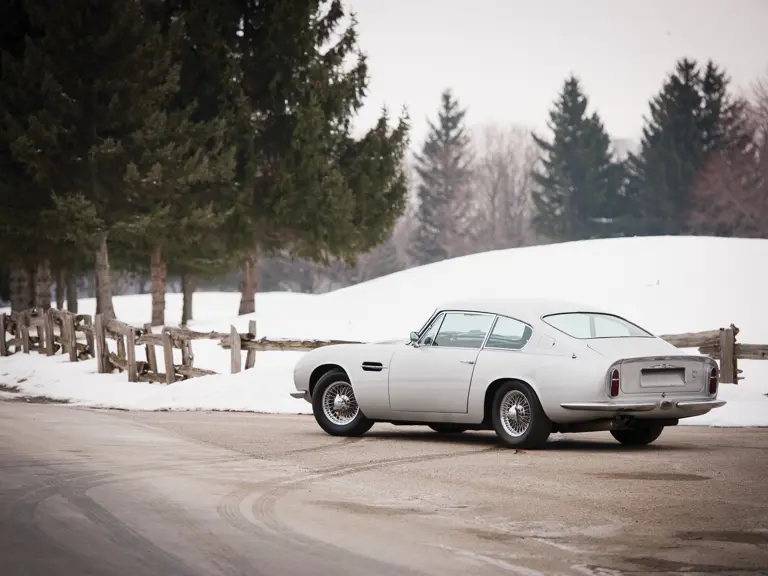
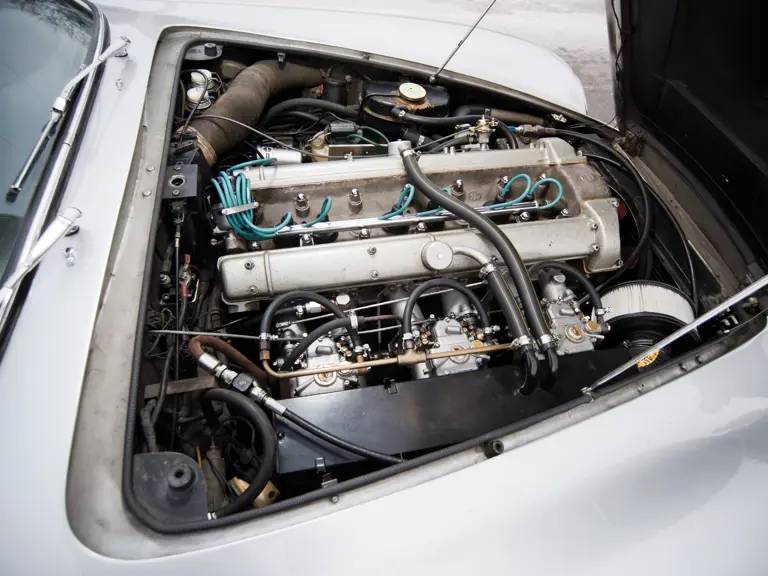



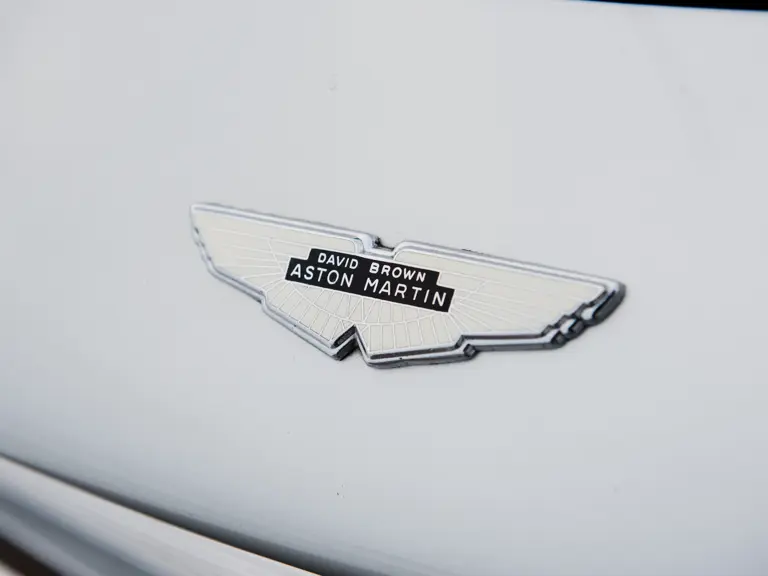
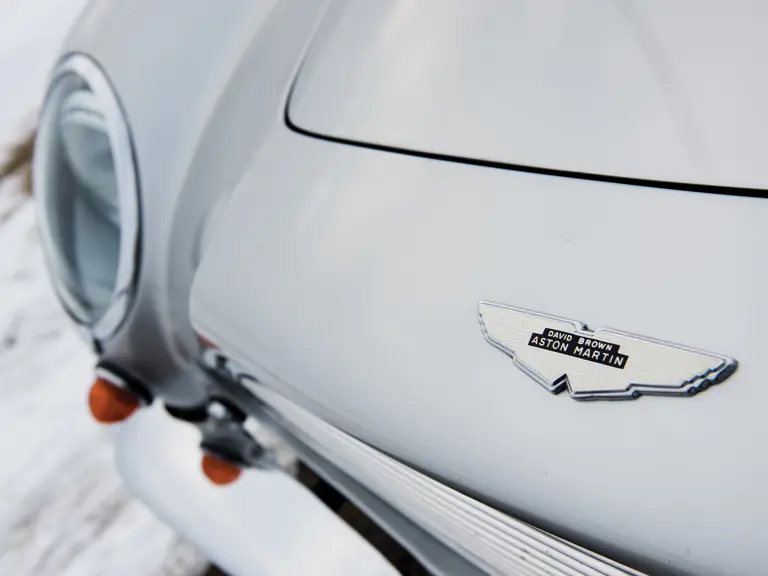



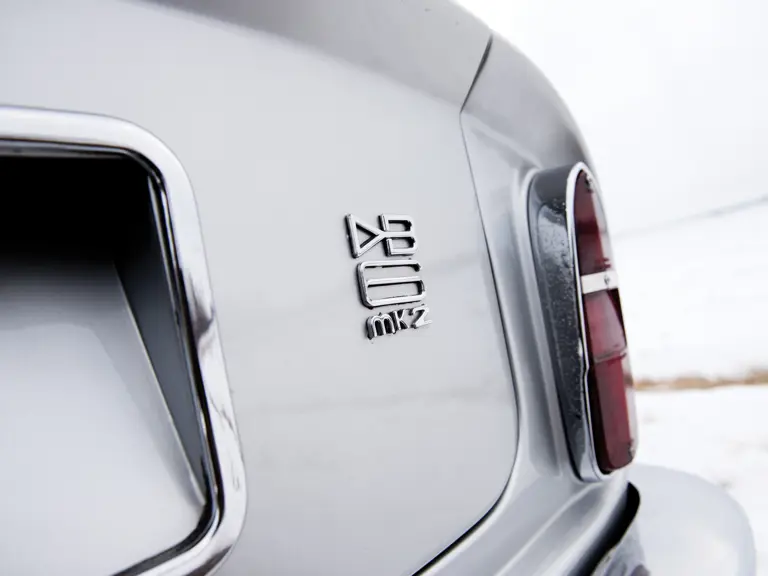

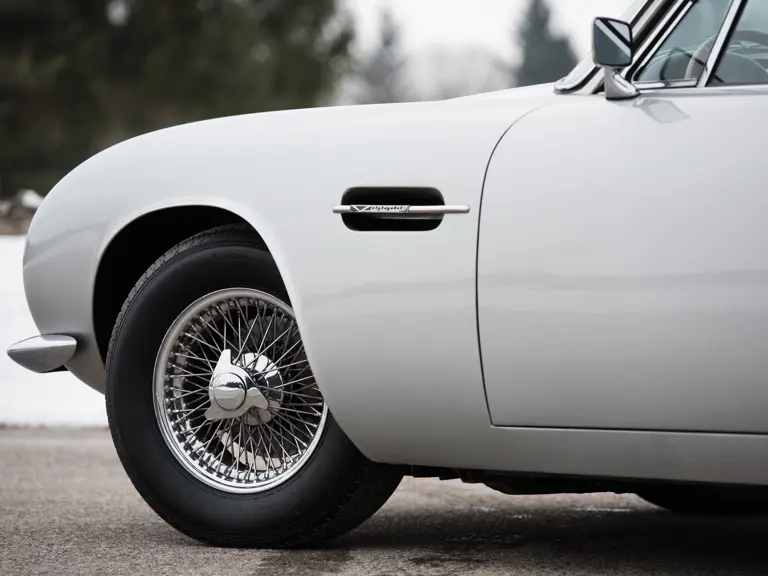
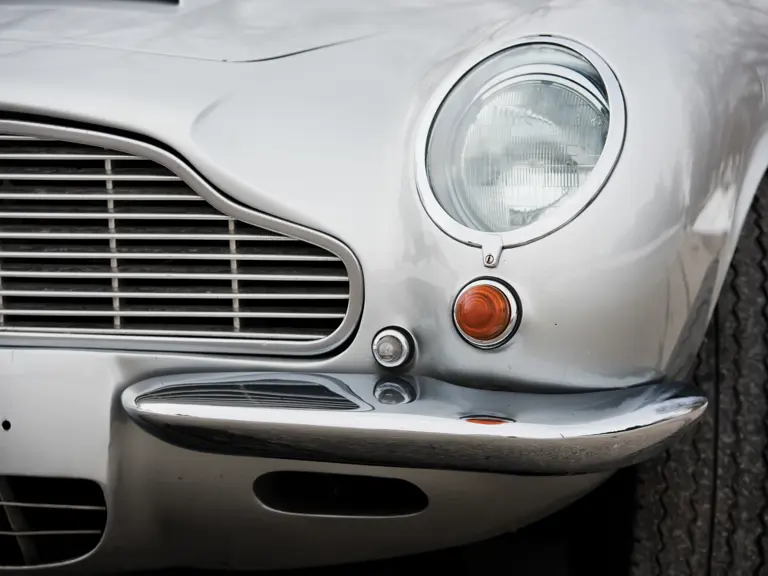

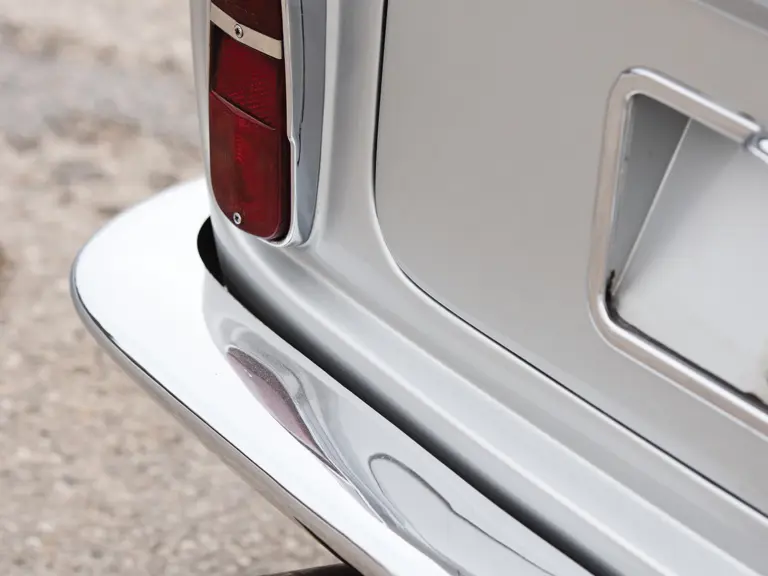
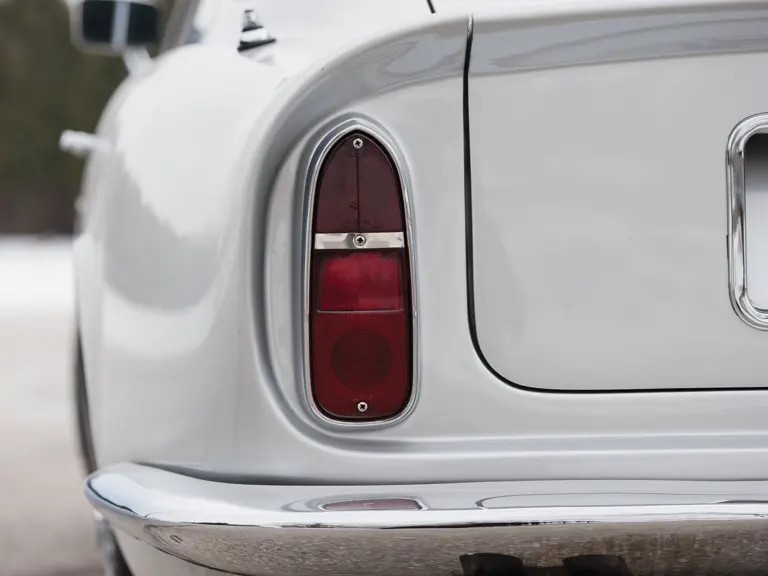
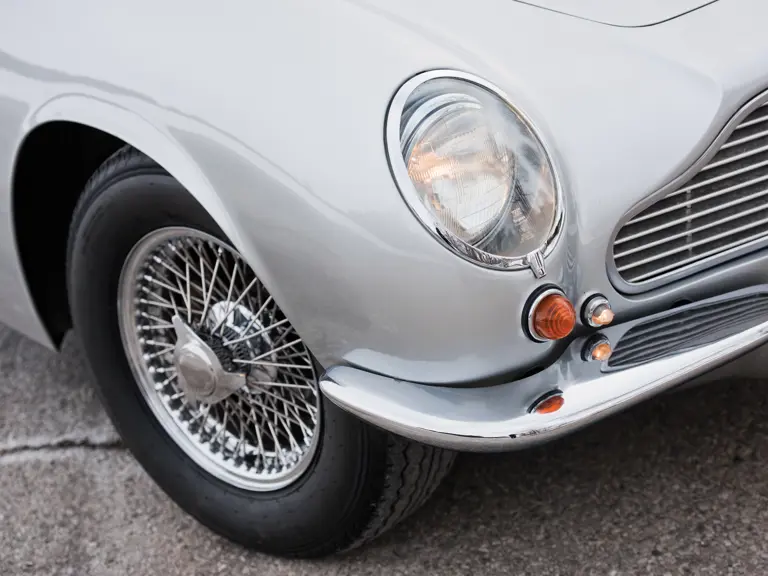
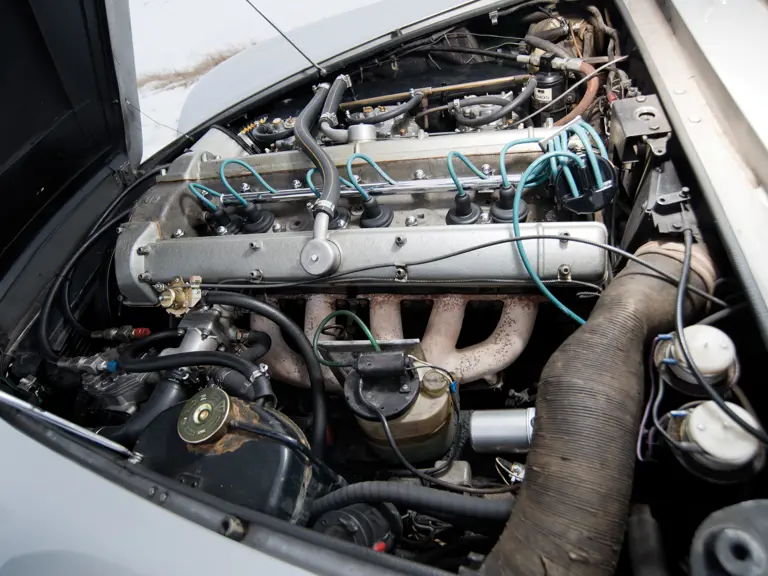
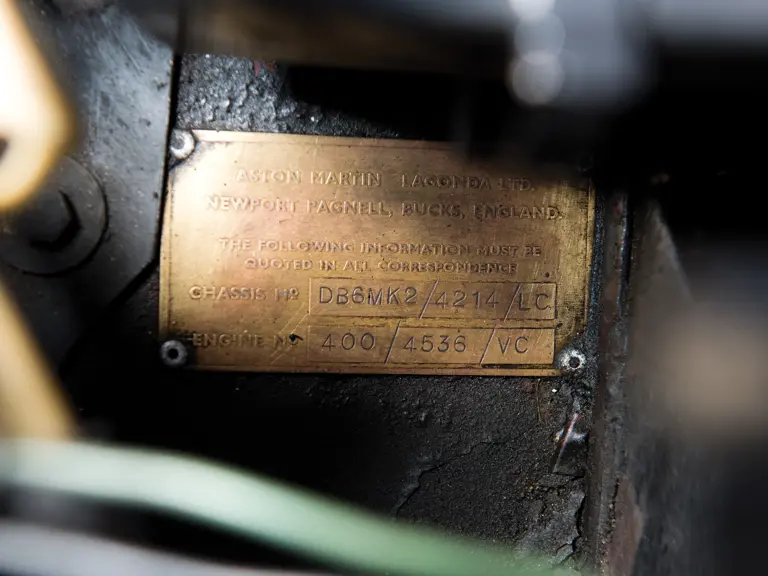

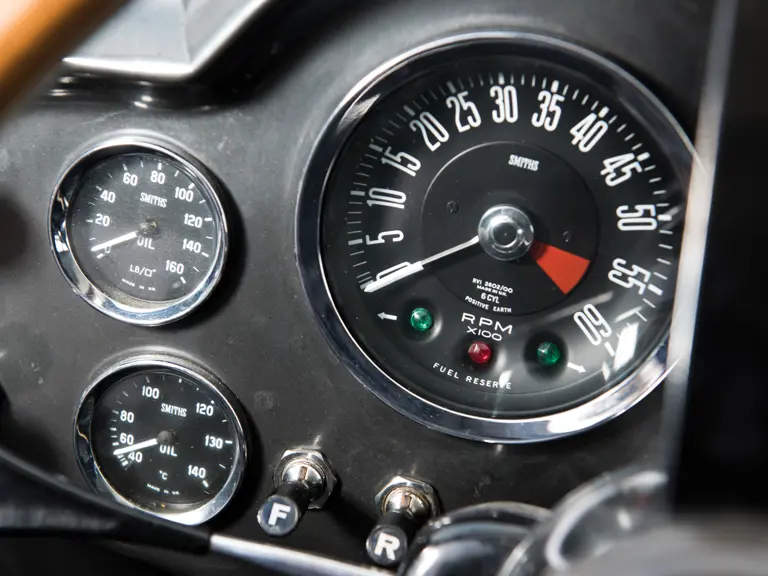

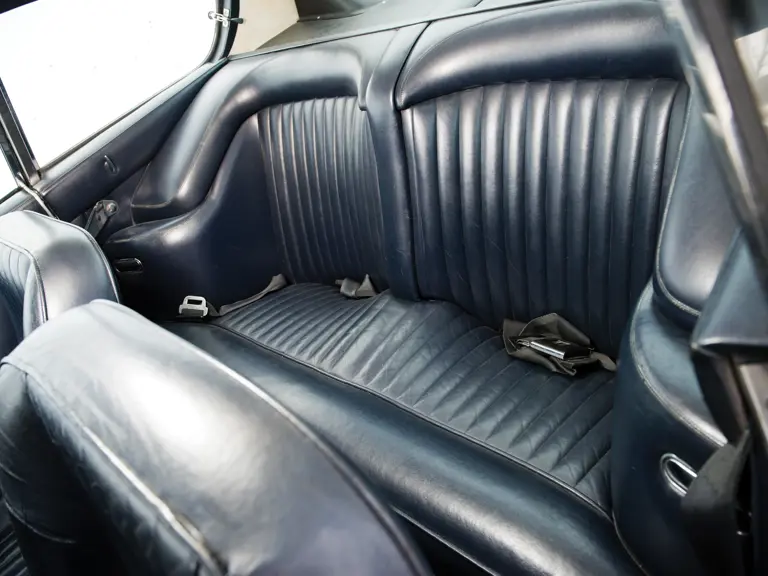



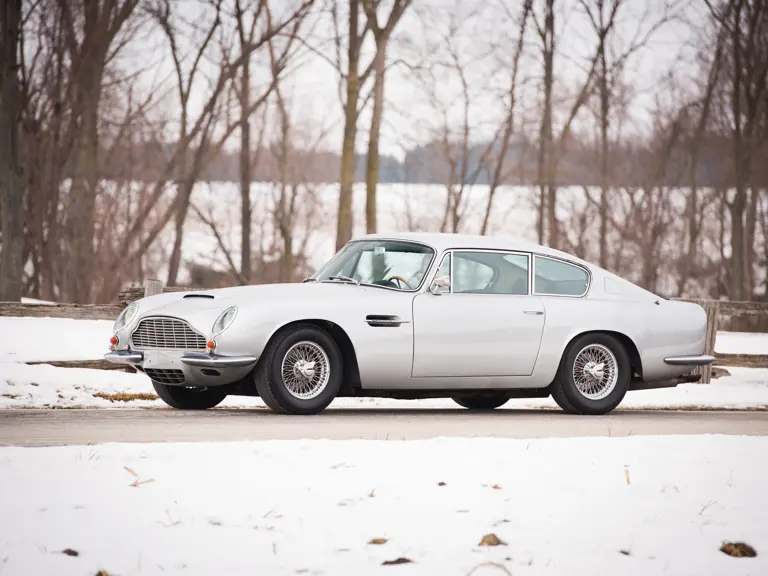
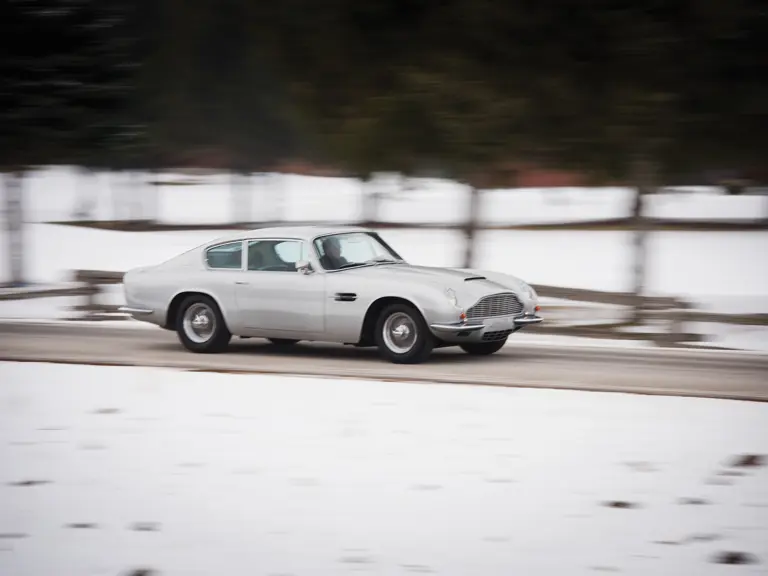
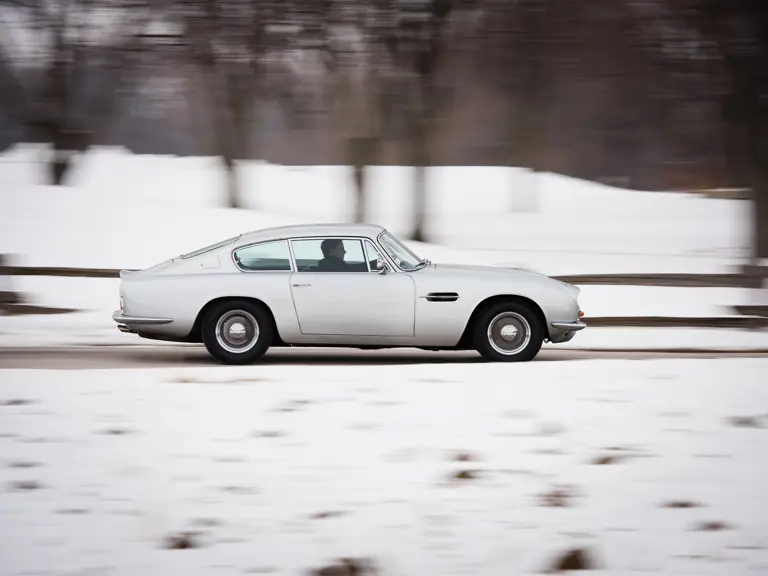
 | Amelia Island, Florida
| Amelia Island, Florida

